These are some of the facts we learned about these birds include:
Bluebirds:
=> The red breasts of these birds brought to memory the robins of England, and so they were called "blue robins."
Postcard I had that features different songbirds of Minnesota.
The bluebird is in the lower right-hand corner.
=> Bluebirds and robins are both members of the thrush family, a family noted for exquisite song.
=> Singing ends with the hard work of feeding the nestlings. However, it can be heard again as a prelude to the second brood in June.
=> The cerulean blue of the bluebird's head, back, tail, and wings is most brilliant when it is flying in the sunshine.
=> The female is paler, being grayish blue above and with only a tinge of red-brown on the breast. Both birds are white underneath.
=> Bluebirds like open woods, fields of second growth, and old orchards.
The back part of the farm looking north.
This is the open part of the property.
Near the home and barn, there are lots of trees.
Lining the east and south sides of the field pictured above
are pine trees that were transplanted many years ago.
(Taken on September 13, 2007.)
=> When feeding, the bluebird usually sits on a low branch keeping a watchful eye on the ground below. Now and then it will drop suddenly on an unsuspecting insect and then return to its perch. It doesn't stay on the ground hunting for food as does the robin.
=> The nest is usually built in a hole in a tree or post and is made of soft grass.
This is a bluebird nest in a box at William O'Brien State Park.
(Taken on May 25, 2012.)
=> The eggs are bluish white.
=> The food of the nestlings is almost entirely insects.
An insect we spotted on the windshield at the farm
while harvesting pumpkins.
(Taken on October 16, 2011.)
=> The food of the adult is more than three-fourths insects and the remainder is wild berries and fruits.
Wild black raspberries that grow at the farm.
(Taken on July 23, 2009.)
=> Its enemies are squirrels, English sparrows, and cats.
One of the bluebirds' enemies: the squirrel.
(Taken on January 19, 2008.)
=> Bluebirds migrate during the autumn, and winter in the Gulf states.
=> Bluebirds are different from the indigo bunting, the latter of which is a darker blue and has a blue breast.
Blue Jays:
=> Blue jays are about 12 inches in length.
=> They have light blue and white feathers with a black necklace. The belly is gray. The males and females look the same.
Blue jay sitting on the bird bath.
(Taken on September 21, 2012.)
=> The crest moves up and down at will.
=> Both the female and male construct the nest; and there are 1-2 broods per year.
=> There are 4-5 green to blue eggs with brown markings.
=> Incubation is 16-18 days; and the fledging stage is 17-21 days.
=> They do not migrate south. Rather, they will migrate only from location to location to find a more abundant food source.
=> They like to eat insects, fruit, carrion, seeds, and nuts. They will visit feeders; and especially like ground feeders with corn. They will scream like a hawk to scare birds at a feeder.
Snow-covered berries.
(Taken on December 28, 2007.)
=> Blue jays are highly intelligent, can solve problems, gather food, and communicate more than other birds.
=> They will scream at intruders in the woods.
Hawk staring down from a high tree branch.
(Taken on March 16, 2009.)
=> The blue jay is one of a few birds to cache food.
Outdoor Time
We spent time outside, but didn't see any blue jays or bluebirds. The blue jays, however, were in the pine trees and calling to one another. They have a very distinctive and easily-recognizable sound.
On October 2, 2012, we saw a family of five bluebirds at the bird bath. The water was a bit low, so Olivia went out and put a pitcher-full of water in the bird bath. Hopefully they will visit the bird bath again soon.
The girls were able to see bluebirds on a birding hike in May 2012. The local state park offering an evening walk, and there were two bluebirds perched on a sign.
Olivia using binoculars to see a pair of bluebirds
on a nature walk at William O'Brien State Park.
(Taken on May 25, 2012.)
The group stood back and observed the birds. Once the birds flew away, we continued on the walk.
Sophia taking a look at the pair of bluebirds
at William O'Brien State Park.
(Taken on May 25, 2012.)
Nature Journaling
Both Sophia and Olivia did an entry in their nature journals.
Olivia's journal entry.
The girls each included images of the birds as well as facts they wanted to remember.
Sophia's journal entry.

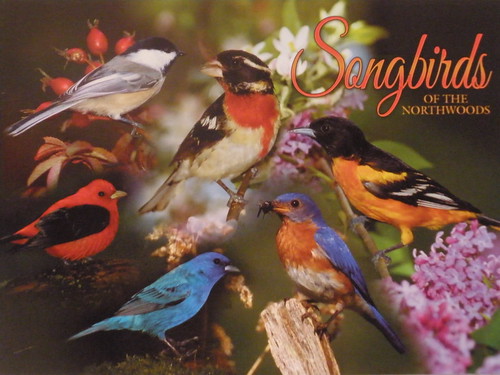


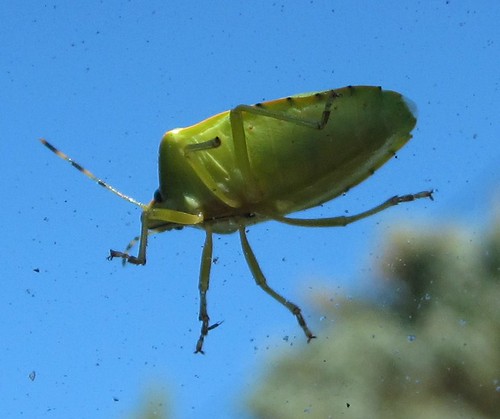
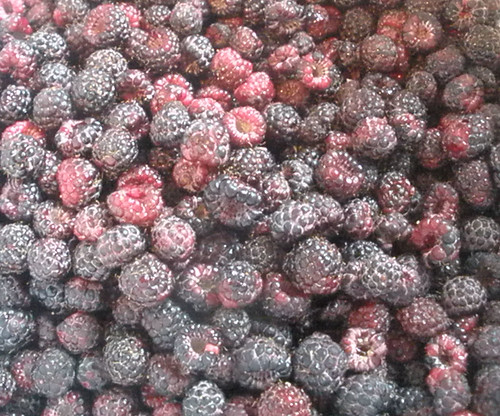
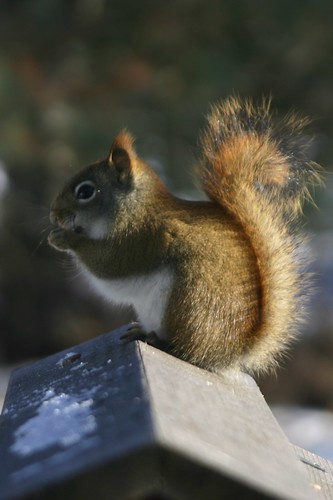

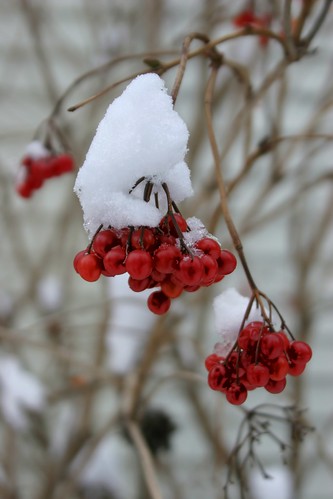
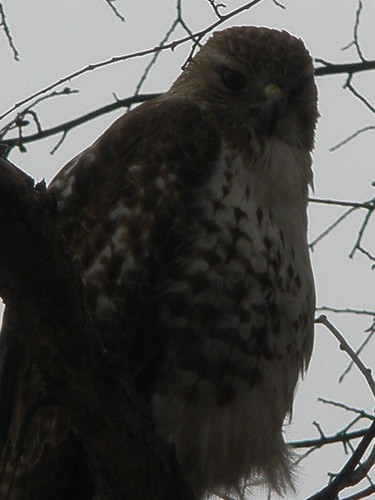

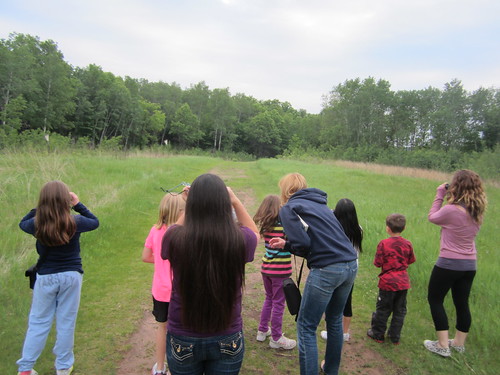


5 comments:
I love the picture of the green bug!
Loved the pictures and loved the post! Great Job!!
What a neat idea to have a nature walk and get your kids into bird watching--very cool!
Nicely done...so much information about two interesting birds. I love that you always share your nature journals....thank you for that.
Did Sophia draw the bird in her journal? If so, she is very good at drawing birds.
Post a Comment